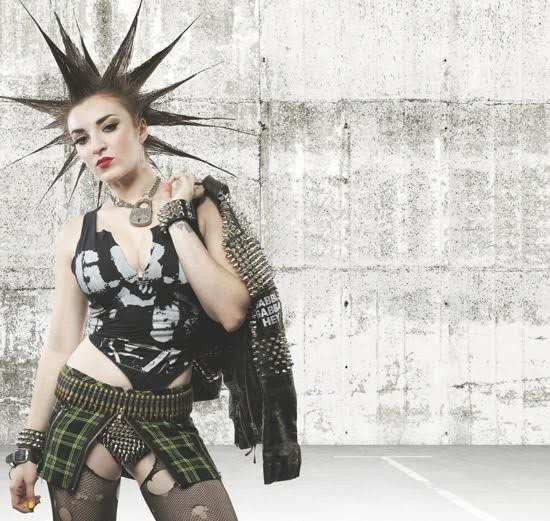
Punk-rock goddess Angela Adams-LaBounty is sitting in a Huntington Beach Starbucks and reminiscing about violence, teen angst and sweat-drenched bodies flying through the air at Costa Mesa's legendary the Cuckoo's Nest. The 49-year-old hairdresser's phone bleeps and blinks; when she looks down, she breaks into laughter. “It's my punk boyfriend from high school–the one I lost my virginity to!” Her interviewer laughs and reassures her this info will be off the record. Adams-LaBounty sternly replies, “ON THE RECORD! My choice. His $19 motel in Stanton!”
Soon, the conversation returns to the origins of Orange County's punk scene. In the late 1970s through the '80s, bands such as the Adolescents, TSOL, the Vandals and others were gaining prominence on the national landscape as hardcore began to overpower the original artsy wave of punk. “There was a freedom in knowing that nobody was watching you or cared what you were doing,” says Adams-LaBounty.
]
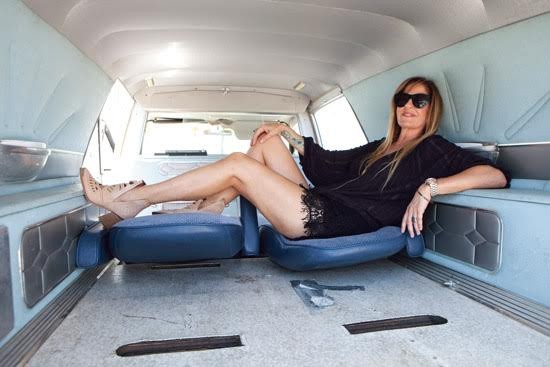
The impact of women and queer people on SoCal's art and punk scene has been little documented over the past four decades. While TSOL's Jack Grisham wore women's clothes and screamed about wanting to “fuck the dead,” Mnemonic Devices front woman Ann De Jarnett experimented with androgyny while shredding on an electric violin and singing thoughtful, poetic lyrics. In the late 1980s, female-fronted peace-punk band Media Children played underground shows promoting human rights. In the 1990s, a number of Riot Grrrl chapters sprung up throughout the county, creating pockets of female-led, musically charged activism, including a Riot Grrrl conference and SoapboXX, a black feminist-led group that sought to create more female artists by teaching girls to form bands in Santa Ana–two years before the Rock 'n' Roll Camp for Girls opened in Portland, Oregon.
“We would all get up at 4:30 in the morning and pick one another up in our shitty Pintos and go to the beach, smoking clove cigarettes and pegging our pants on the beach sand,” recalls Adams-LaBounty of Huntington Beach's surf-punk scene, circa the 1970s. “I didn't at the time think it was weird that I wasn't knee riding with the dudes; [women] just naturally, sadly, put ourselves in less of an experience.” Sexism existed and informed girls' ambitions and limitations. “I would sometimes borrow fins and be on the outside going alongside the guys, but it was heavy out there–the ocean was heavy; the guys were fucking insane,” she says. “There would be no other women out there, so I didn't do that a lot.”
When Adams-LaBounty attended Fountain Valley High School from 1979 to 1983, she says, there was a diverse scene in which everyone was welcome. She remembers dancing with her gay brother to punk records at the now-defunct gay club DOK West on Garden Grove Boulevard. “Nina Hagen and all this weird European stuff would be blasting, but they'd slide in the Minutemen!” she says. “There was always this underpinning that punk was really liberal; it was gay and straight, and you could be exploring.”
[
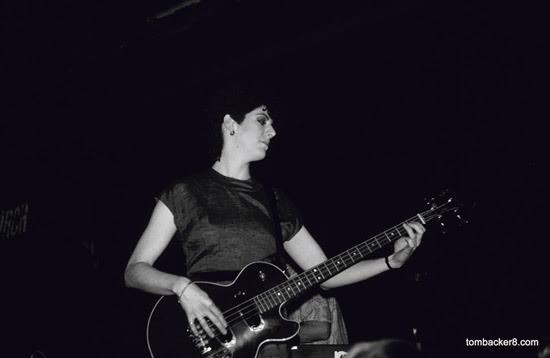
Fullerton's the Omlits and Several Pamelas featured women and queer artists. Both were headed by eccentric gay vocalist and artist Robert Logan (a.k.a. Robert Omlit), who made synth-infused queer punk à la the Screamers from the legendary Fullerton apartment the Black Hole. Logan's solo material grappled with gay identity in conservative Orange County, working through it with anger and humor as exemplified in his mid-1980s tape Gay Is OK!, which featured a song about having a conversation with Darby Crash via a Ouija board.
Huntington Beach's Mnemonic Devices were a dark punk band that included women; they played packed shows in Los Angeles and Orange County. Multi-instrumentalist Linnea Ahms fell in love with music as a 9-year-old girl in Huntington Beach, lip-synching to Monkees songs with her sisters from behind a drum set cobbled together from cardboard boxes and her mother's Bundt pans. While working at Licorice Pizza, Ahms discovered punk rock. She picked up acoustic guitar, and later–influenced by Roxy Music, David Bowie, the Stooges and Captain Beefheart–she got “hooked on the saxophone.” She started as a sax player with Mnemonic Devices, switching to bassist after the group lost theirs.
“I fell in love with bass because I can fill that perfect pocket between the melody and rhythm and magically bring them together,” gushes Ahms, who's performed with bands such as Mnemonic Devices, the Crowd, Babylonian Tiles, the Dead Sea Squirrels and others.
Fellow Mnemonic Devices member De Jarnett started playing piano at the age of 5, with her mother as her teacher. The Seal Beach native learned violin in second grade, joined the school orchestra, as well as an all-girls glee club, eventually picking up the mandolin and guitar. At 14, De Jarnett joined the all-female band Estrella, performing at friends' houses but never a club. After a few years in the Golden West College Rock Ensemble program, 19-year-old De Jarnett auditioned for Mnemonic Devices and got the gig. The band appeared at legendary local spots such as the Cuckoo's Nest and the Golden Bear, as well as LA's Madame Wong's with bands including X, Violent Femmes, the Go-Go's, Lords of the New Church, Suburban Lawns and TSOL. They even headlined Estancia High School's prom and Esther Wong's (owner of Madame Wong's) daughter's birthday party.
“I was drawn to the energy, rebelliousness and angst of punk,” says De Jarnett. “It was very exciting to be in a band at that time. There was a feeling that anything could happen and that the music mattered.”
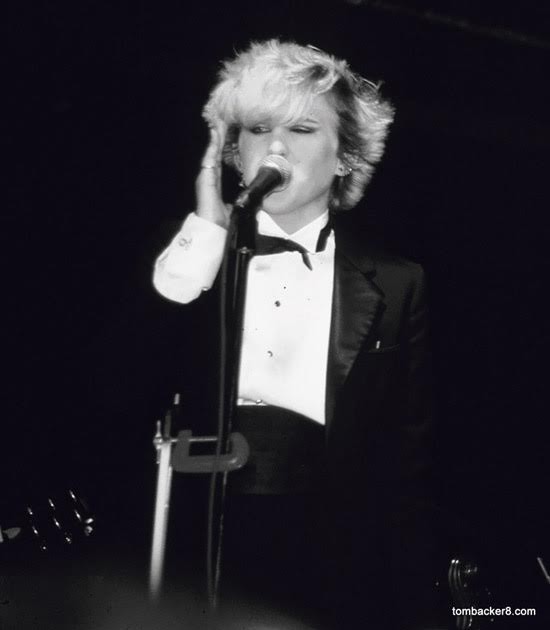
Ahms concurs. “Being an individual in Orange County was important because everything was so cookie-cutter,” she says. “It was a way to express yourself and not have to be 'perfect.' You could just be yourself.”
Female musicians faced adversity in the scene, sometimes from members of their own bands. “During a show at the Cuckoo's Nest,” Ahms says, “a member from one of my early bands went to the mic after our first song and said, 'Not bad for a girl, huh?'” With another of her bands, she recalls, as she finished recording her bass line, one of the guitarists said, “Good job,” then reached around her back and snapped her bra. “I actually slapped him in the face for doing that,” she says. “At times, I didn't take [sexist] comments well, but I would just shake it off and kept doing what I loved to do.”
For De Jarnett, music was always a form of cathartic self-expression. “Being a punk female, I felt like I needed to put on a tough exterior,” she says. “There was violence in the hardcore scene; the moshpit was a dangerous place where you could get beat up. There [were] references to neo-Nazism, which I really hated and wanted no part of.”
[
Not all female musicians of the time had the opportunity to play outside their bedrooms. In the early 1980s, Mission Viejo native Chelsea Starr played guitar in bands that never made it outside their friends' living rooms. “In 1983, you couldn't get guys to let you in the band, and there weren't enough girls to make your own band, so you were locked out,” she says.
The only reason Starr was finally allowed into a guy band, she says, was because she agreed to play bass. “You had to accept that you were going to play the instrument that was needed, not the instrument that you wanted because [women] were so low status that you had to take what you could get.” So she started her own band, Vegax, in Kansas City in 1984; when she returned to Orange County in the 1990s, it was to publish her Ph.D. dissertation on Riot Grrrls at UC Irvine.
As hardcore took over, the punk scene became a different environment. “The women in the movement had to really want it,” says Adams-LaBounty. “We just had to constantly buck up against people trying to marginalize us; I started to feel threatened.”
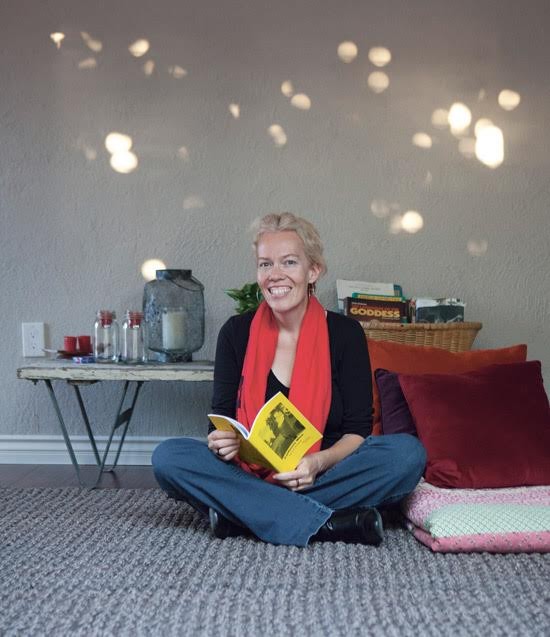
In the midst of Orange County's violence-heavy hardcore era and increased policing, female-inclusive bands such as Resist and Exist and Media Children began to bring to the scene their fast angsty music about social issues. Stacy Russo became politicized through punk bands such as Conflict, MDC and Bad Religion; she ran the social-justice-based zine Anti-Establishment, which featured political content, band interviews and information about animal rights. “There was a huge network of people from around the world who would contribute,” she says. “We would advertise in Maximum Rock'n'Roll and Flipside.”
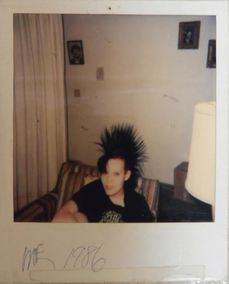
Russo recalls the violence and tension within the scene in the mid- and late '80s because of punk gangs and constant physical altercations, plus “Fullerton Police Department, Huntington Beach [and] Anaheim riot cops showing up to shows.”
Despite the violence, Russo says, the energy and music of the time were intoxicating. “You had to be tough to go in there because it could be pretty scary,” she recalls of punk shows at houses, Hart Park in Orange and short-lived clubs. “People threw shit at you from cars; the police were always pulling you over. At a GBH show, Fullerton police made us lay on the sidewalk, and [they] had their guns drawn. I know it was because we looked a certain way. Punks were outside normal culture to such an extent that people hated [us]!”
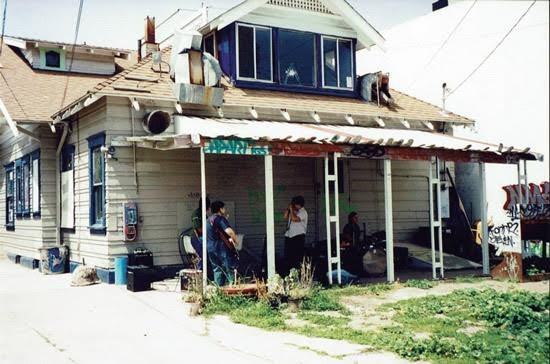
In the 1990s, the county's punk scene splintered. While politically awakened punks continued to perform in bands, create zines and organize events, Koo's Café and Riot Grrrl collectives created new spaces for expression, radical thought and conversation. Then third-wave ska took the county by storm, replacing violence and aggression with horns, two-tone skanking and Gwen fever.
Amy Yao, member of the all-Asian-female band Emily's Sassy Lime, experienced the first incarnation of Riot Grrrl in Orange County in 1992. The group regularly met at UC Irvine and Tully's Coffee in the Irvine Marketplace to discuss race and gender topics; they attended shows such as Bikini Kill at UCI and events at the Huntington Beach Library. “There was a lot of conversation, even at shows,” she says. “The line between dorky and cool was thin and porous.”
The second wave of Riot Grrrl in Orange County started in 1996. Koo's Café, a Santa Ana space known for activism and punk rock, served as the headquarters for OC's Food Not Bombs chapter and ground zero for the 1996 All Power to the People Gathering against police brutality, voter apathy, racism and Proposition 187. In 1997, Koo's hosted Girl Empowerment Day, an Orange County Riot Grrrl conference that featured bands and workshops.
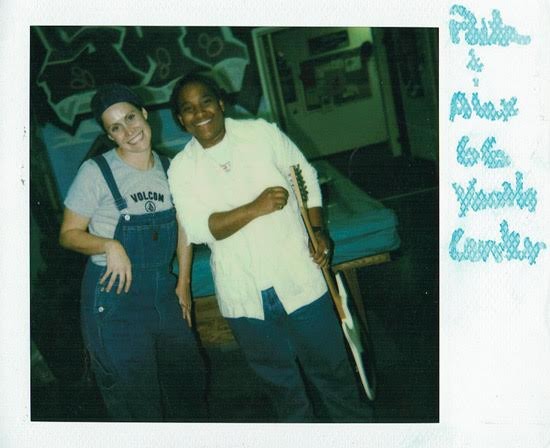
Alexandria Scott traveled frequently up the coast for shows and festivals during the 1990s, but she felt disconnected from the Riot Grrrl scene at home in Orange County. “When I was at UCI, Bikini Kill played, and I had no idea. I had no clue that Bikini Kill was on my campus,” says the Virgin Megastore employee and guitar player. “I just wasn't connected.”
After Scott attended the first Ladyfest in Olympia, Washington, in 2000, she realized just how boring Orange County was for her. She turned to online message boards to find like-minded people who could share experiences and play music together. From that, she founded SoapboXX, a DIY punk feminist organization devoted to encouraging girl bands and musicians. The movement started in Scott's garage, then moved to Koo's Café and eventually to the Garden Grove Youth Drop-In Center at the request of Grrl Fair founder Paula Arnett. Each workshop focused on teaching girls and women how to play instruments; some were mellow, and some were packed with girls ready to play. “It was a matter of 'If you build it, they will come,'” Scott says.
As part of the program, Scott included female-centric SoapboXX Showcases, which would host live music and workshops by women for everyone. Hosted at Koo's and the Drop-In Center, the showcases featured headliners such as Civet, Radio Vago and SQUAB, as well as Kidsicle, the SoapboXX house band made up of 15-year-old University High School girls singing about feminism, sexism and violence.
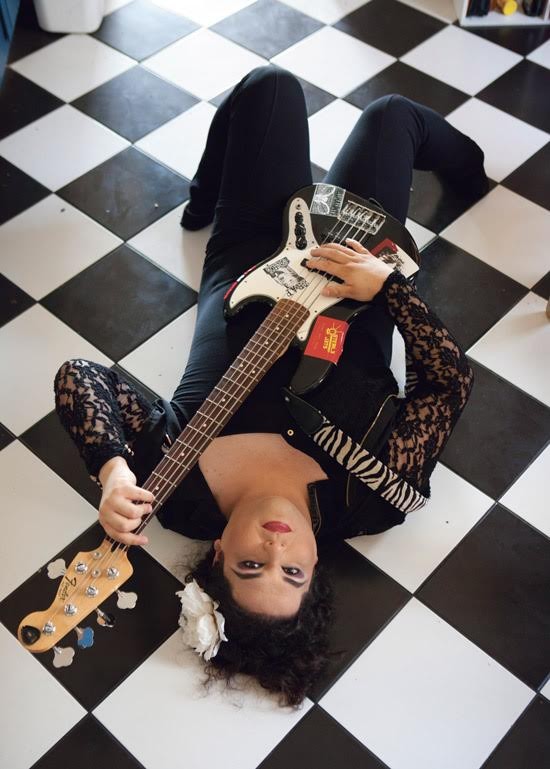
The LGBT-friendly Youth Drop-In Center also became an important, short-lived space for queer punks to organize and check out shows without the harassment many faced from bouncers or skinheads who frequented clubs such as Hogue Barmichaels or the Galaxy Concert Theater (now the Observatory), two of the only other all-ages spaces to see live bands. Santa Ana gender-queer musician Josie Wreck started organizing shows after having negative experiences with pay-to-play spots and homophobia in the punk scene, including witnessing a young girl get punched in the face onstage at a punk show and being harassed while performing with the band Heidi Wu at a dingy bikini bar-turned-punk venue off the 5 freeway in Anaheim.
[
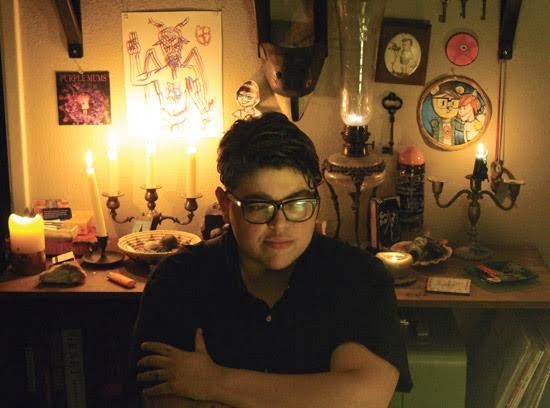
Another important institution of Orange County feminist punk history was born at this time: the aforementioned Grrl Fair. First organized by Arnett in 2001, the all-female music-and-workshop fest was taken over by Santa Ana's Adrienne Santellan in 2002 and ran until 2013. Santellan, whose dad would bring her X and Social Distortion records, attended the inaugural SoapboXX. After that experience, she formed multiple bands including Slow and the Bellhaunts. Working from a paper cheat sheet left behind by Arnett, Santellan worked backward, contacting venues and bands. “It went from there being one woman playing an all-day music festival to groups such as Top Acid throwing all-girl punk shows for International Women's Day and a queer punk fest,” Santellan says.
Despite its positive ethos, Grrl Fair did have its share of detractors. “We saw it as a way to give women and young girls a chance to display their work and art,” Santellan says. “A few guys in the community would email us hate mail every year.”
Some places in a community hold cultural and spiritual power. For this writer, the pit at the Observatory is one of those places. I met some of my best friends in that pit and got my fair share of bruises and fractures. Female friends and I would hold our ground, defending ourselves from racist and violent meatheads who would thrust their soggy sweaty bodies all over ours. I once played a show there with my ska-punk band that nearly ended in a riot when neo-Nazis outnumbered punks. As I pounded drums through our angsty anti-racist set, I ducked to avoid shoes and bottles aimed for my head. A couple of weeks ago at Burger a Go-Go, Burger Records' annual festival dedicated to female-fronted bands, I saw Bikini Kill front woman Kathleen Hanna (now fronting the Julie Ruin) take that same stage, a moment I dreamed of as a teen punk in Orange County.
The band asked if any Rock Camp for Girls family were present. At that moment, I felt seen. During their show, they performed the snarky tune “South Coast Plaza,” which reminded me that even as a veteran punk rocker, I am in Orange County, a place that's still written off as a suburban wasteland. The last verse, “I'll never fucking go back to Orange County,” echoed in my mind; it's not the first time I'd heard such a statement, but I rarely let it get to me anymore, even from a band I respect.
Contrary to what people believe, women and queer punks and riot grrrls existed and organized in Orange County. They had to bite, scratch and claw to carve out a space for themselves amid conservative values, consumer culture, racism, lonely bedrooms, homophobia and violent punk clubs. The fruits of feminist punk history are all around us.
See also:
The 50 Best Things About the OC Music Scene
The 50 Worst Things About the OC Music Scene
The 25 Greatest OC Bands of All Time: The Complete List
Follow us on Twitter @ocweeklymusic. Like us on Facebook at Heard Mentality.


I recently tried CBD gummies from this website https://www.cornbreadhemp.com/collections/cbd-cream in search the prime prematurely and was pleasantly surprised past the results. Initially skeptical, I found that it significantly helped with my dread and slumber issues without any noticeable side effects. The fuel was serene to speak, with definite dosage instructions. It had a merciful, shameless taste that was not unpleasant. Within a week, I noticed a patent increase in my overall well-being, feeling more serene and rested. I know the regular approximate to wellness CBD offers and plan to go on using it.